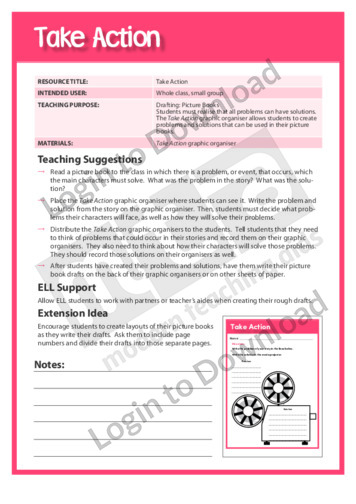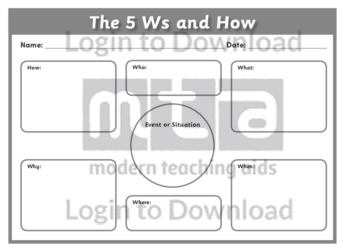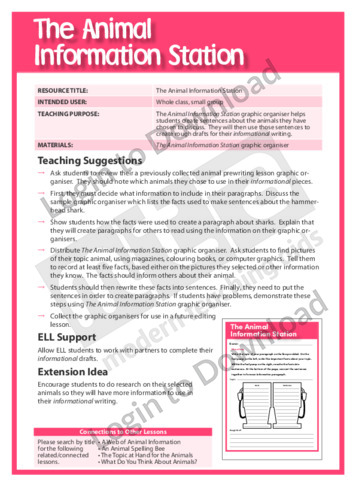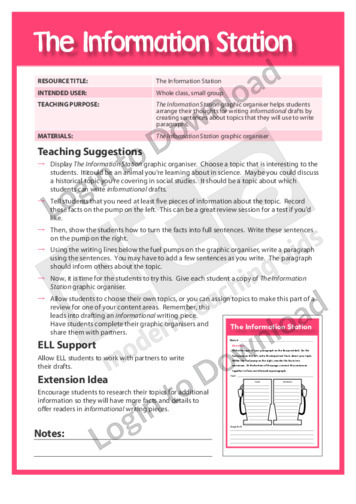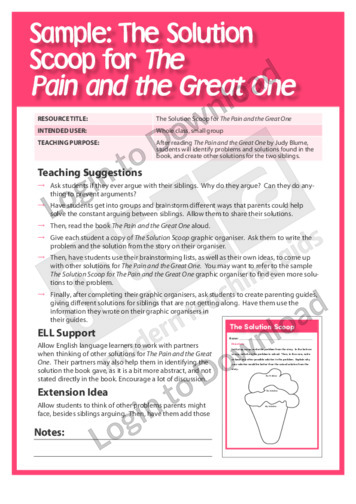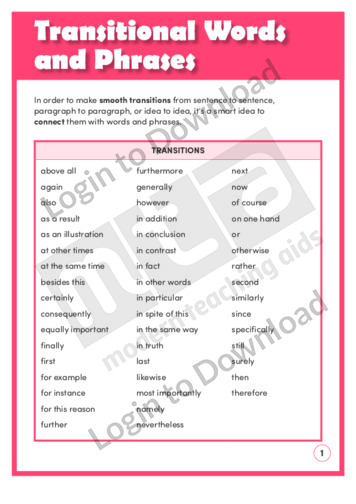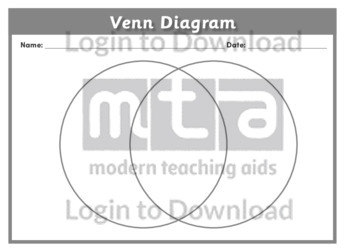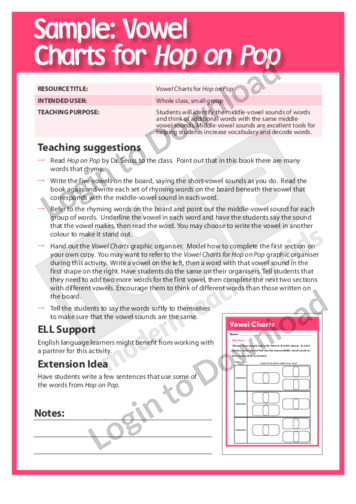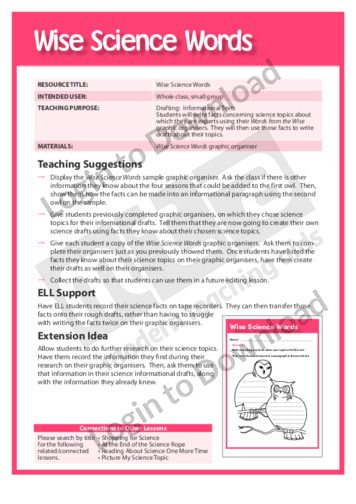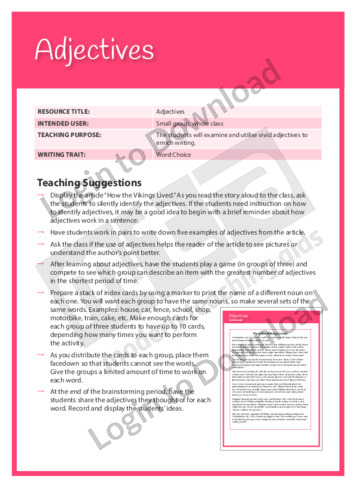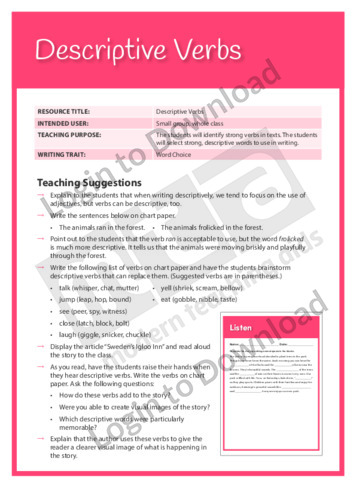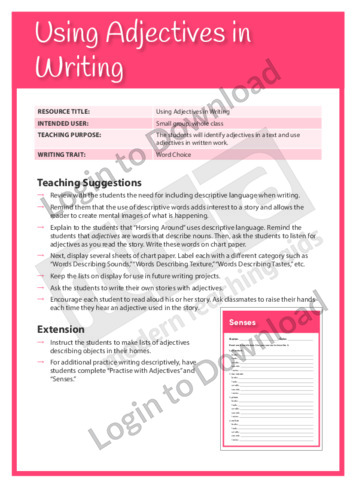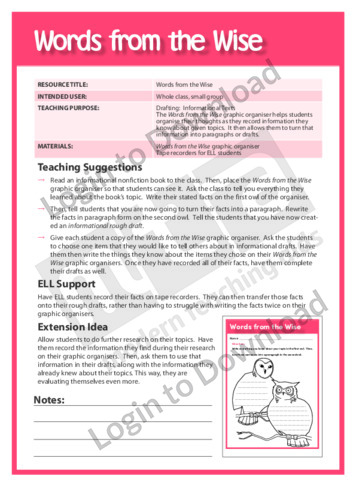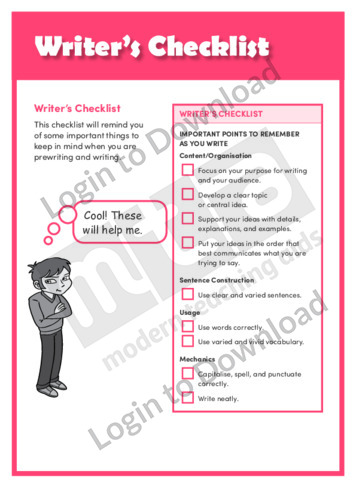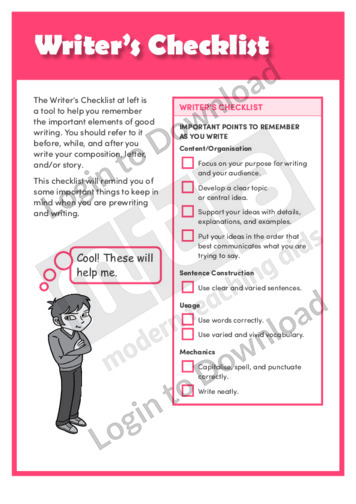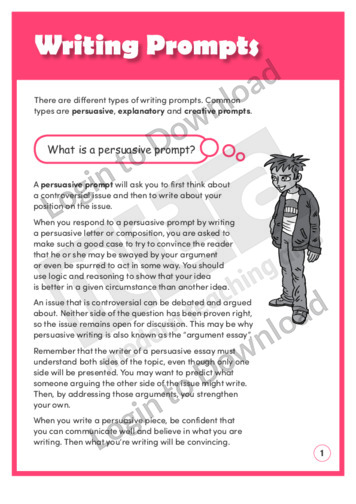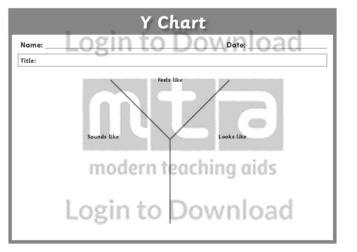This graphic organiser, ‘T-Chart’ provides students with a simple format to help make comparisons between ideas and concepts. This T-chart will encourage the use of higher-order, critical thinking when analysing two separate viewpoints. For example, the t-chart is valuable when examining positives and negatives, strengths and weaknesses or even the differences between topics. It is …More
This graphic organiser, ‘Take Action’ supports students in developing problem and solution scenarios to make their writing interesting.
This graphic organiser, ‘Take Family Action’ supports students in developing problem and solution scenarios to make writing about their family interesting.
This graphic organiser, ‘5 Ws and How’ provides a structured diagram that helps students identify who, what, when, where, why and how of a situation or event. It is a great visual tool that can be used as either a pre-writing task to logically brainstorm ideas or a post-reading, comprehension activity.
This graphic organiser, ‘The Animal Information Station’ supports students in developing their writing skills, focusing on sentence and paragraph structure as they write an informational piece about animals.
This graphic organiser, ‘The Information Station’ supports students in developing their writing skills, focusing on sentence and paragraph structure.
This graphic organiser, ‘The Solution Scoop for The Pain and the Great One’ asks students to read The Pain and the Great One by Judy Blume, then identify problems and solutions found in the book and create other solutions for the two siblings.
This graphic organiser, ‘ To All Chocolate Companies’ provides the opportunity for students to develop their writing skills by composing a business letter to a chocolate company.
This graphic organiser, ‘To Whom It May Concern’ provides the opportunity for students to practise structuring and writing business letters.
This quick reference chart ‘Transitional Words and Phrases’ gives students a list of words to vary sentences and keep writing interesting. It is aimed at encouraging students to make smooth transitions between sentences, paragraphs or ideas and provides a list of examples to help them do so.
This quick reference chart ‘Transitional Words and Phrases’ gives students a list of words to vary sentences and keep writing interesting. It is aimed at encouraging students to make smooth transitions between sentences, paragraphs or ideas and provides a list of examples to help them do so.
This graphic organiser, ‘Triple Venn Diagram’ consists of three overlapping circles and is a great resource to help students visualise the relationship between three concepts. It can be used to compare and contrast differences and similarities in characteristics between ideas (for example, characters, countries, stories or shapes etc.). It can be used to compare and …More
This quick reference chart ‘Types of Writing Prompts’ guides students on how to respond to explanatory, persuasive and creative writing prompts. It is aimed at introducing students to the principles of responding to various prompts, such as topic, audience, purpose, structure and style.
This quick reference chart ‘Types of Writing Prompts’ guides students on how to respond to explanatory, persuasive and creative writing prompts. It is aimed at introducing students to the principles of responding to various prompts, such as topic, audience, purpose, structure and style.
This graphic organiser, ‘Venn Diagram’ consists of two overlapping circles and is a great resource to help students visualise the relationship between concepts. It can be used to compare and contrast differences and similarities in characteristics between ideas (for example, characters, countries, stories or shapes etc.). It can also be used across all learning areas …More
This Writing Traits activity ‘Descriptive Voice’ encourages students to add descriptive voice in their writing.
This graphic organiser, ‘Vowel Charts’ provides students with the opportunity for word play, using middle-vowel sounds and anchors, they can manipulate beginning and ending sounds to create new words.
This graphic organiser, ‘Vowel Charts for Hop on Pop’ helps students to identify the middle-vowel sounds of words and think of additional words with the same middle vowel sounds.
This quick reference chart ‘What Are Creative and Expository Writing Prompts?’ shows students how best to respond to such prompts. It introduces students to the principles of creative and expository writing and how to consider topic, audience and purpose before they begin to write.
This quick reference chart ‘What to Consider When Prewriting’ guides students to consider purpose, audience, style and form before they start writing. It is aimed at encouraging students to plan the content and organisation of their composition before writing their composition.
This graphic organiser, ‘Wise Science Words’ supports students in recalling and organising information and gives them the opportunity to draft a piece of writing on a science topic.
This Writing Traits activity ‘Adjectives’ encourages students to examine and utilise vivid adjectives to enrich writing.
This Writing Traits activity ‘Descriptive Verbs’ encourages students to identify strong verbs in texts and to select strong, descriptive verbs to use in writing.
This Writing Traits activity ‘Using Adjectives in Writing’ encourages students to identify adjectives in a text and use them in written work.
This graphic organiser, ‘Words from the Wise’ supports students in recalling and organising information and gives them the opportunity to draft their writing.
This quick reference chart ‘Writer’s Checklist’ gives students a list of what to look for when they revise their writing. It is aimed at encouraging students to review the content, organisation, sentence construction, usage and mechanics in their writing to make their composition the best it can be.
This quick reference chart ‘Writer’s Checklist’ gives students a list of what to look for when they revise their writing. It is aimed at encouraging students to review the content, organisation, sentence construction, usage and mechanics in their writing to make their composition the best it can be.
This quick reference chart ‘Writer’s Checklist’ gives students a list of what to look for when they revise their writing. It is aimed at encouraging students to review the content, organisation, sentence construction, usage and mechanics in their writing to make their composition the best it can be.
This quick reference chart ‘Writing Prompts’ guides students on how to respond to explanatory, persuasive and creative writing prompts. It is aimed at introducing students to the principles of responding to various prompts, such as topic, audience, purpose and style.
This graphic organiser, ‘Y Chart’ prompts students to use higher-order thinking skills to analyse and organise the relative parts of information. The Y shape splits the diagram into three sections of feels like, sounds like and looks like to help students explore a concept in detail. This resource can be used across all learning areas …More
It�s that easy!


